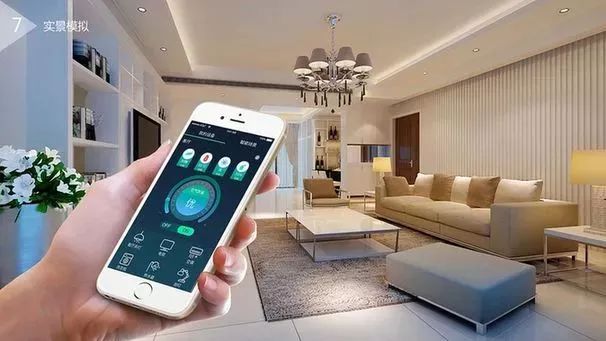


According to Statista, there are currently over 56 million complete smart homes in the United States. This makes the U.S. the fastest-growing smart home market in the world.
Smart homes reduce the burden of daily chores, help you manage electricity usage more effectively, and make life safer and more convenient for you and your family. So what exactly is a smart home? In simple terms, all appliances and components in the home are connected via WIFI and centrally controlled through a cloud-based system, operating automatically. It is not just simple automation; smart homes use artificial intelligence technology to understand the owner’s preferences and habits, automatically adjusting the operation modes of home devices accordingly.
Sounds appealing, right? Actually, creating a family-friendly smart home system is not difficult; it only takes five steps.
1. Choose the Right Smart Home Voice Assistant and Corresponding Hardware

The voice assistant acts like your personal assistant; you can issue commands at any time, letting the voice assistant handle tasks such as turning off all the lights or turning on the TV. The voice assistant can interact with other smart devices in the home, using artificial intelligence to understand the owner’s preferences and providing you with an intelligent living experience. Popular voice assistants in Europe and America include Amazon’s Alexa, Apple’s Siri, and Google’s Assistant, each with its own advantages and disadvantages, and requiring separate hardware support. Before making a decision, you should research the features and pricing of each assistant.
2. Use Smart Locks and Cameras for a Worry-Free Life

Install smart locks to generate unique digital access keys for family members; no matter where you are, you can unlock or lock the door through a smartphone app. In fact, you may not need a physical key at all, as smart locks can recognize you or your family members and unlock automatically. When combined with cameras, the security of your residence is greatly enhanced; only authorized individuals can enter the home, and the camera will recognize authorized faces, promptly notifying you through messages if there are any strangers entering or exiting.
3. Smart Fire Alarms to Prevent Disasters
Traditional fire alarms have many issues, one major reason being that we often neglect the need to regularly replace the batteries, which can lead to the detector not functioning properly. Moreover, even if the detector works correctly, it cannot identify the nature or source of the fire. Smart fire alarms are very different. They can not only detect potential flames more effectively but also accurately identify their source. While issuing a regular alarm, they will also notify smart devices.
4. Smart Appliances and Sockets Save Energy

Traditional appliances need to be manually turned off to save energy when not in use, but smart homes do not require such actions. When no one is around, smart appliances will turn off automatically, or you can simply use your voice to ask the voice assistant to handle it. Furthermore, you can customize device management and energy-saving strategies, which can save a significant amount on electricity bills over time.
5. Smart Air Conditioning Systems for a More Comfortable Environment
The smart air conditioning system in the home allows you to automatically heat or cool the space through a simple app, turning off when no one is around. Like other smart devices, voice control is also completely possible.
Smart homes are designed to make life more convenient. With technological advancements, this trend is becoming simpler, easier to use, and more user-friendly. These systems not only simplify daily life but also enhance home safety, optimize device performance, and save energy.
Some images and text are sourced from the internet.

Local businesses, 18 years of experience, localized services, buy with confidence, use with peace of mind!
Consultation hotline: 13812180200 Free measurements! Free quotes!